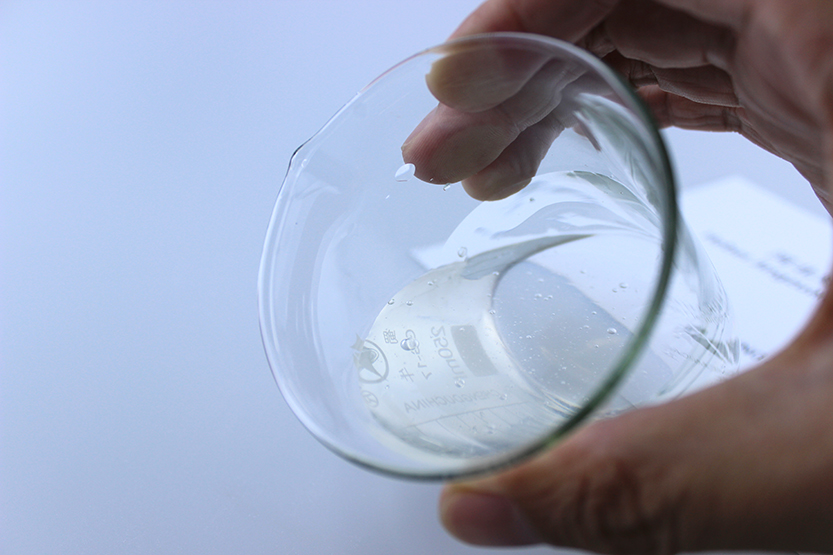
डिस . 03, 2024 12:19 Back to list
redispersible polymer powder wiki
Redispersible Polymer Powder An Overview
Redispersible polymer powder (RDP) is a versatile material widely used in construction, adhesives, and various industrial applications. It plays a crucial role in improving the performance of cement-based and other types of formulations. This article provides a comprehensive overview of RDP, including its properties, applications, benefits, and production processes.
What is Redispersible Polymer Powder?
Redispersible polymer powder is a dry, free-flowing powder that can be easily redispersed in water to form a stable polymer emulsion. It is created by drying liquid polymer emulsions, usually based on materials such as vinyl acetate, ethylene, or styrene. Upon redispersion, these powders form a film that enhances the performance characteristics of the cementitious systems or other formulations they are added to.
Properties of RDP
RDPs possess various properties that make them highly beneficial in construction materials. Some notable properties include
1. Adhesion RDPs significantly improve the adhesion of mortars and pastes to different substrates, which is crucial for applications like tile adhesives and external wall systems.
2. Flexibility The incorporation of RDPs provides flexibility to formulations, allowing for greater movement without cracking, thereby increasing durability.
3. Water Resistance RDPs enhance water resistance, which is vital for applications exposed to moisture, such as external plaster or tile adhesives.
4. Improved Workability The addition of RDPs improves the workability of cement-based formulations, facilitating easier application and a smoother finish.
5. Impact Resistance RDPs contribute to the impact resistance of materials, reducing the risk of damage from physical stress.
Applications of Redispersible Polymer Powder
RDPs are utilized across various applications due to their versatile nature
. Some key applications include- Tile Adhesives In tile installations, RDPs improve the bond strength and flexibility, ensuring that tiles adhere properly and resist cracking over time. - Exterior Insulation and Finish Systems (EIFS) RDPs enhance the performance of base coats and renderings in EIFS, promoting better adhesion and weather resistance.
redispersible polymer powder wiki

- Cementitious Flooring In flooring applications, RDPs improve the behavior of self-leveling compounds and screeds, ensuring they can withstand foot traffic and loads without cracking.
- Mortars RDPs are commonly added to repair mortars and other construction mortars, providing superior bonding and flexibility.
- Grouts The presence of RDPs can enhance the performance of grouts, making them less prone to shrinkage and cracking.
Benefits of Using RDP
Using redispersible polymer powder offers multiple benefits
- Enhanced Performance RDPs significantly upgrade the mechanical properties of construction materials, contributing to more durable and resilient products.
- Cost-Effectiveness By improving material performance, RDPs can reduce the need for additional components or treatments, leading to cost savings.
- Environmental Considerations Many RDPs are formulated to be low in volatile organic compounds (VOCs), making them more environmentally friendly.
- Ease of Transportation and Storage As dry powders, RDPs are easier and more economical to transport and store compared to liquid polymer emulsions.
Production of Redispersible Polymer Powder
The production of RDP involves spray drying or other drying technologies to convert liquid polymer emulsions into dry powder. During this process, stabilizers and additives may be included to enhance the performance characteristics of the final product. The production process must ensure that the properties of the original emulsion are preserved to maintain the effectiveness of the RDP once it is reintroduced to water.
Conclusion
Redispersible polymer powder is a critical component in modern construction and industrial applications. Its ability to enhance adhesion, flexibility, workability, and overall durability makes it an essential additive for a variety of materials. As industries continue to seek higher performance and eco-friendly solutions, the significance of RDPs in formulations is expected to grow, paving the way for innovative applications and improved material performance standards.
-
Unlocking the Benefits of HPMC Products: A Gateway to Versatile Applications
NewsAug.07,2025
-
Unleashing the Potential of HPMC Ashland: A Comprehensive Look
NewsAug.07,2025
-
Tile Bonding Cellulose: The Key to Superior Adhesion and Durability
NewsAug.07,2025
-
Hydroxypropyl Methylcellulose Powder: The Versatile Component in Modern Pharmaceuticals
NewsAug.07,2025
-
Hydroxyethyl Cellulose: The Versatile Solution for Various Industries
NewsAug.07,2025
-
Hydroxyethyl Cellulose (HEC): The Versatile Polymer for Various Applications
NewsAug.07,2025







